Photographs: Courtesy, IRCTC Samar Jha
Indian Railways should aim for a quantum growth in traffic. This will require investments in new infrastructure, including 125 capacity expansion works on the shelf, costing about Rs 35,000 crore, says Samar Jha.
The Modi government came to power riding on a plank of development. Very clearly, its focus has to be growth and infrastructure.
The railways need special attention because of the moribund state they are in now. For far too long, Indian Railways (IR) has had little vision and long-term strategy.
Narendra Modi’s vision of a modern India with high speed trains connecting its main cities can only be one facet of the transformation that is necessary.
…
How Modi can build a world-class railway network in India
Image: Shatabdi ExpressPhotographs: Prateek Karandikar/Wikimedia Commons
The dedicated freight corridors, high-powered locomotives, heavy axle-load wagons and modern signalling are some others.
The metamorphosis of IR into a modern transportation system needs extraordinary vision and mission-mode implementation.
Solutions to IR’s ills are well documented and available easily. Yet the required political will and management initiative have been lacking. What ails IR?
…
How Modi can build a world-class railway network in India
Photographs: Reuters
No developing country such as India can afford to allow suicidal competition between different modes of transport.
Therefore, the government should seriously consider merging the ministries of railways, surface transport, shipping and civil aviation into a single ministry of transport.
The growth target for transportation in the country needs to be at least two per cent higher than the GDP growth to ensure sustained development.
…
How Modi can build a world-class railway network in India
Image: Escalator at Dadar station in MumbaiPhotographs: Sahil Salvi
IR’s basic problem is financial. Years of steadily declining market share (IR’s market share in freight is less than 40 per cent and an abysmal 12 per cent in passenger) has meant lower growth of earnings, though expenditure continues to mount (IR is the world’s biggest employer with staff expenditure of around 50 per cent of total expenses).
This leaves very little surplus for growth; not even enough for replacement of over-age assets. Arrears of replacement of track, bridges, rolling stock and signalling were once reduced through a special railway safety fund (SRSF) at the turn of the century.
Now arrears have built up again and there is talk of launching SRSF-II.
…
How Modi can build a world-class railway network in India
Photographs: Prateek Karandikar/Wikimedia Commons
One reason for IR’s financial woes was the political necessity of holding down fares.
With the Rail Tariff Regulatory Authority, this problem may get tackled. However, it will require dexterous financial management to simultaneously bring down the freight tariff, which is among the highest in the world.
It is hence important that the Tariff Authority be made a statutory body by amendments to the Railway Act. IR should then aim for a quantum growth in traffic. Aiming for 1,500 million tonnes of freight traffic by 2016-17 should be the first step.
…
How Modi can build a world-class railway network in India
Photographs: Superfast1111/Wikimedia Commons
Of course, this growth can come only with a massive injection of investment in building new infrastructure.
The two dedicated freight corridors should be completed on a mission mode in the next three years, and at least two more (the East-West and the West-South) taken up at once. In addition, the 125 or so capacity enhancement works (new lines, port and mine connectivity, doubling) on the shelf, which may require about Rs 35,000 crore, should be completed on priority.
Part of the financing for this can come from suspending dividend payment.
…
How Modi can build a world-class railway network in India
Photographs: Sumit Rajwade/Rediff
Mr Modi’s vision of high speed trains must be made a reality. The High Speed Rail Corporation can be given time targets for building the identified corridors.
Financing the construction of the lines, and their financial viability, are areas of concern but innovative solutions will have to be found.
In freight traffic, it is time we make a clean break from the past and begin procuring only 25-tonne axle-load wagons, moving eventually to 32.5-tonne.
…
How Modi can build a world-class railway network in India
Photographs: Nadir Hashmi/Creatie Commons
This step, together with the induction of high-horse power locomotives, would enable IR to introduce heavy-haul freight trains. Matching the ambitious targets for traffic should be ready availability of rolling stock.
If IR aims at a high growth trajectory, it must have the required rolling stock, which should be available in surplus to meet surges in demand.
IR is a behemoth whose management is a massive challenge and there is an urgent need for reforms.
…
How Modi can build a world-class railway network in India
Photographs: Sranjanm2002/Wikimedia Commons
Structurally, the present zone-based geographical organisation has outlived its utility. IR must urgently restructure into lines of business verticals. There would be resultant focus on passenger, parcel and freight businesses.
It is time that serious thought is given to corporatising the railways. Much has been written and said about the Railway Board system.
The fact is that it is an archaic construct with minimal contribution. Crass departmentalism pulls decision-making in multiple directions. This needs to change.
…
How Modi can build a world-class railway network in India
Photographs: Sranjanm2002/Wikimedia Commons
Whether corporatised or not, the time is ripe for the formation of a management cadre in the railways with lateral entry, based on a strict selection criterion, by railway officers of, say, 15 years' seniority.
They will fill the senior general management posts such as Divisional Railway Managers and General Managers.
While IR’s performance in safety over the past ten years is better than most would believe, even one accident is painful and unacceptable. Other than corrective technical and managerial steps, an independent Safety Department on the lines of Audit is essential.
…
How Modi can build a world-class railway network in India
Photographs: Reuters
An accounting reforms project for introducing commercial accounting is underway but it needs to be given a serious push for implementation by, say, next financial year. Along with it must come a robust system of costing.
Presently, IR’s cost data is scanty and unreliable.
With a workforce of over 1.3 million, IR needs to seriously improve productivity.
While there is a case for reviewing manpower, in the short term multi-skilling and re-deployment will enable the present workers to handle the increasing traffic.
…
How Modi can build a world-class railway network in India
Photographs: Reuters
It is time that India set up railway universities where railway technology and railway management are taught to under-graduates and post-graduates who can then be employable in IR.
Many of these suggestions can be taken up for implementation immediately and begin to show results within a year.
Putting IR on the fast track would be the Modi government’s best advertisement of success, for the railways touch millions of lives daily.
The writer is a former Financial Commissioner of Indian Railways.

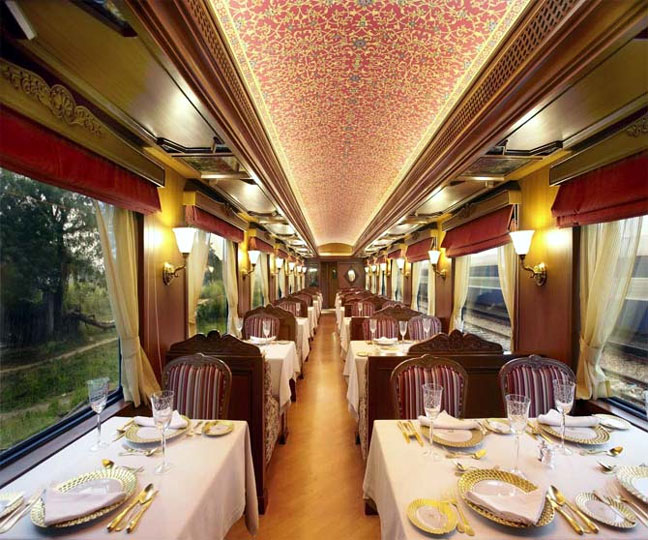
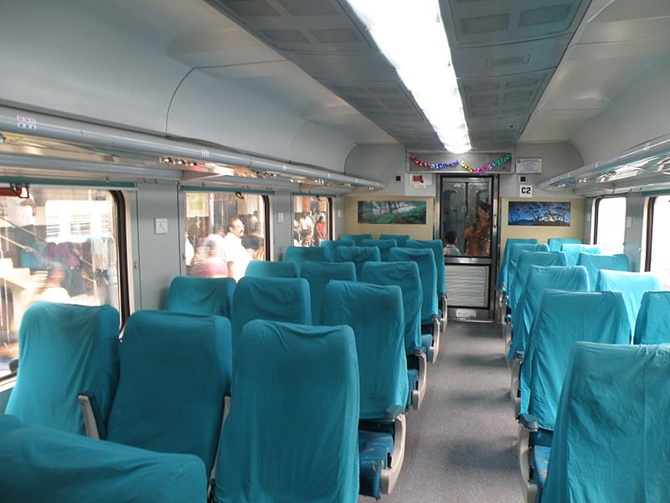
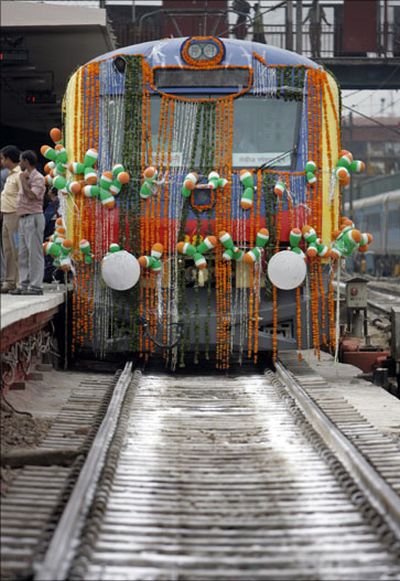

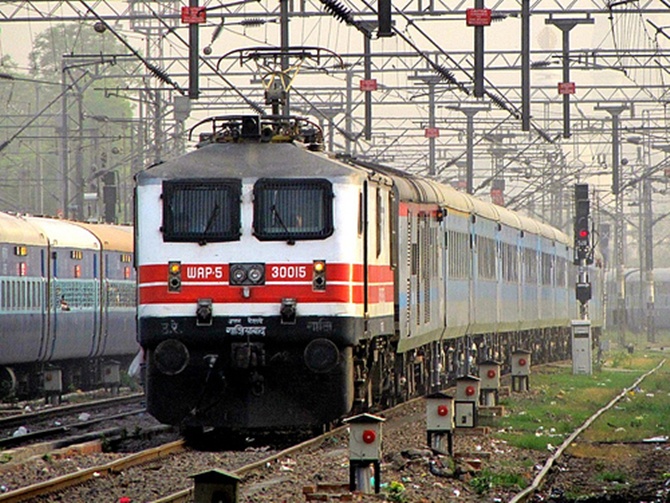
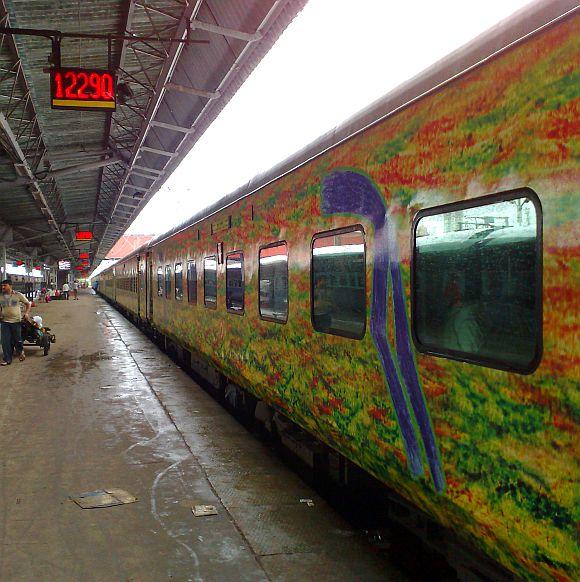
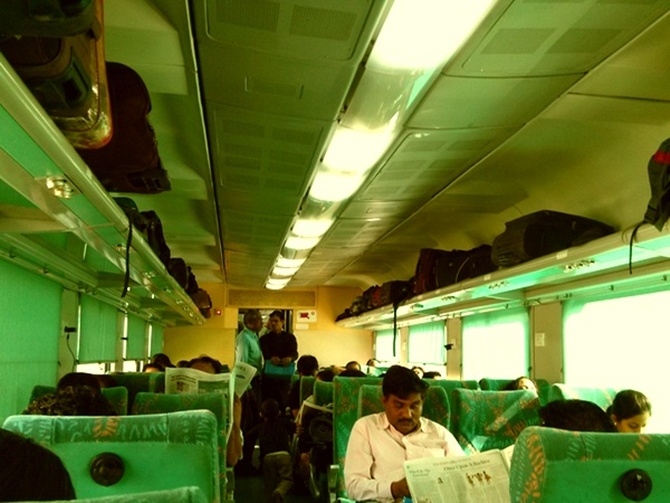
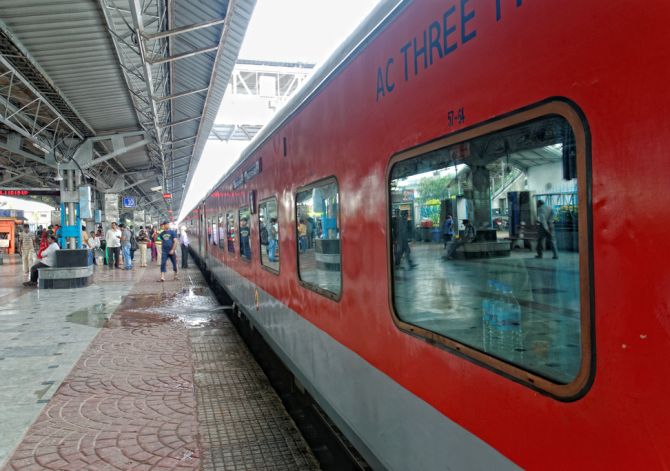
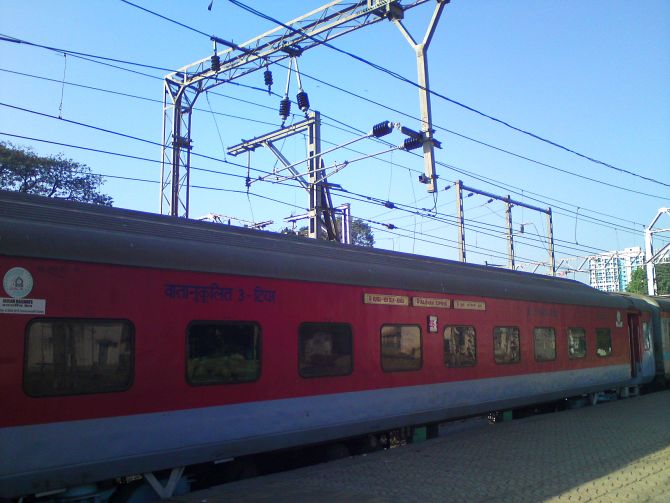
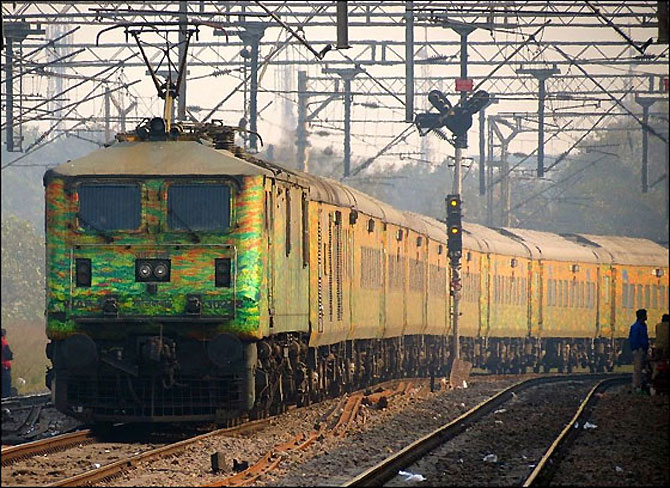
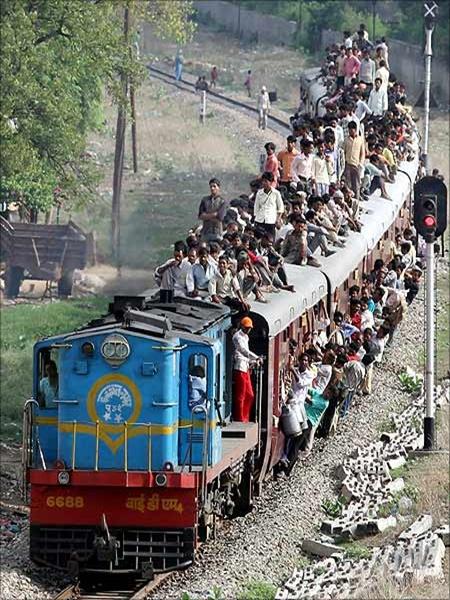
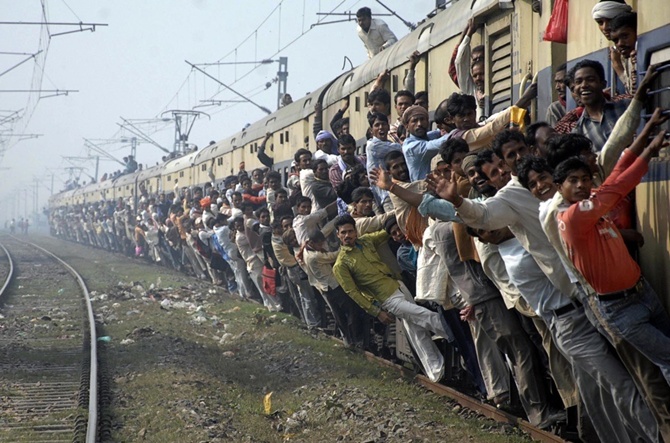

article